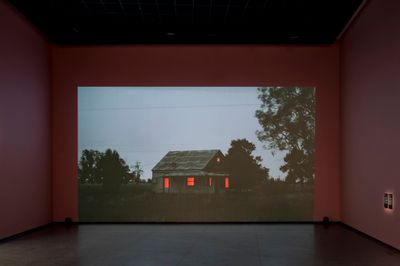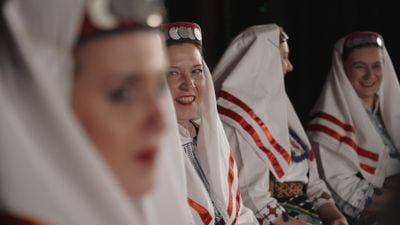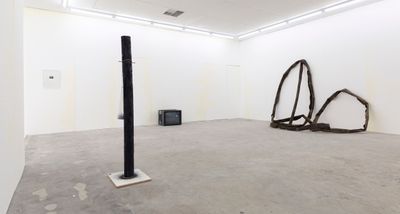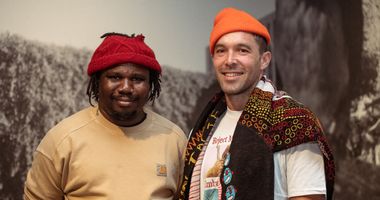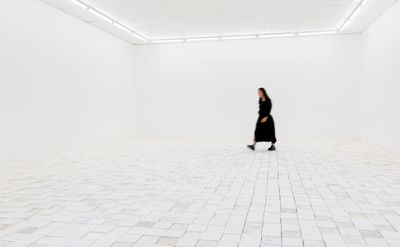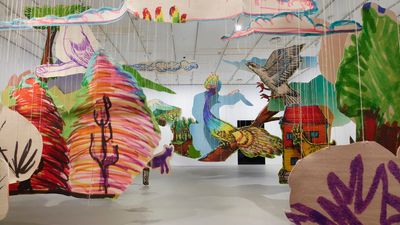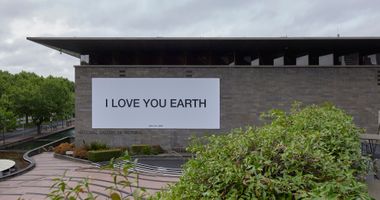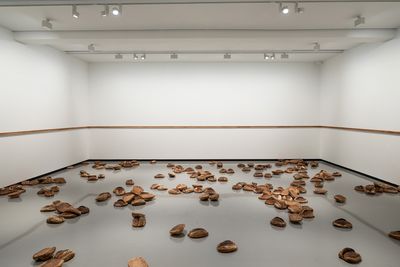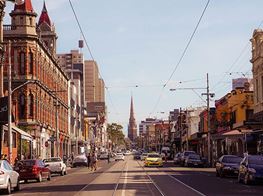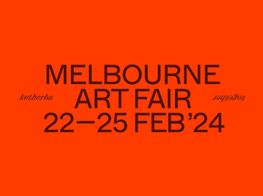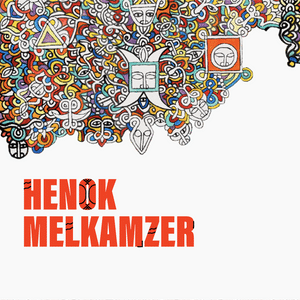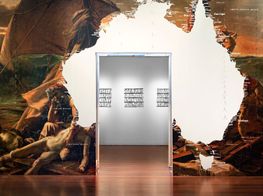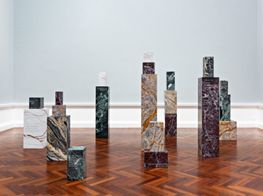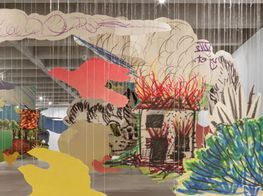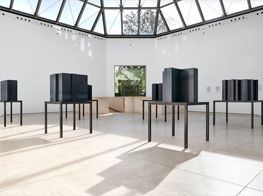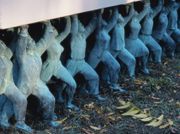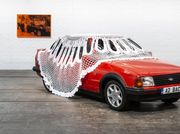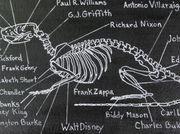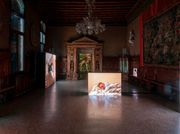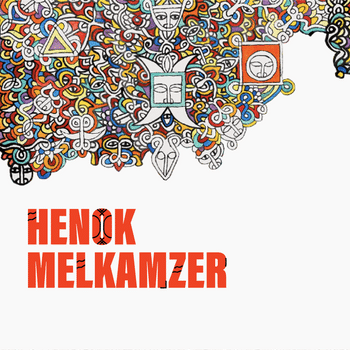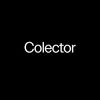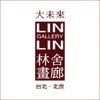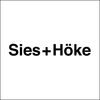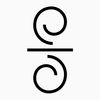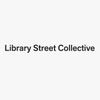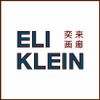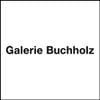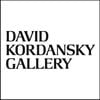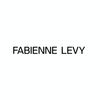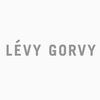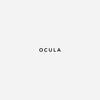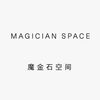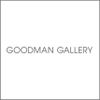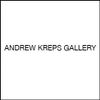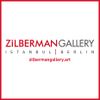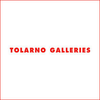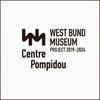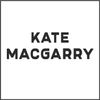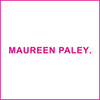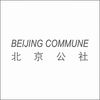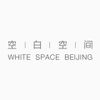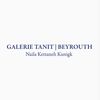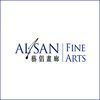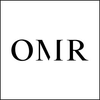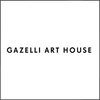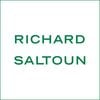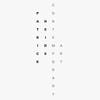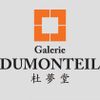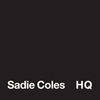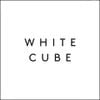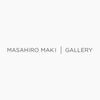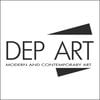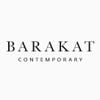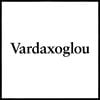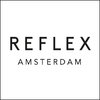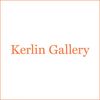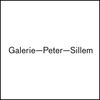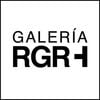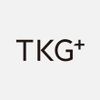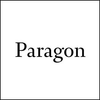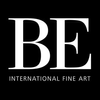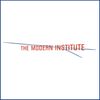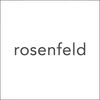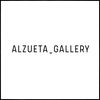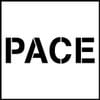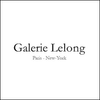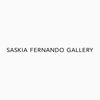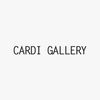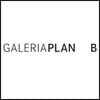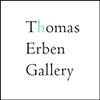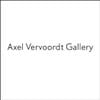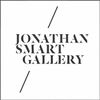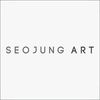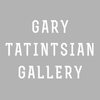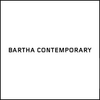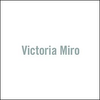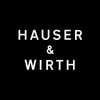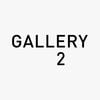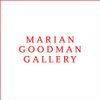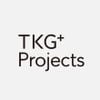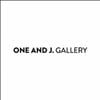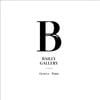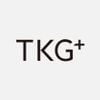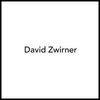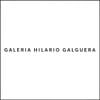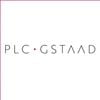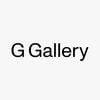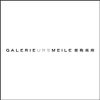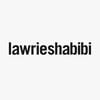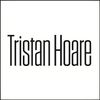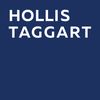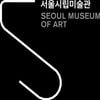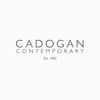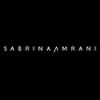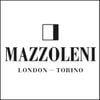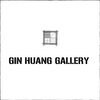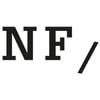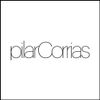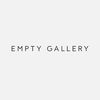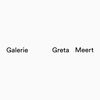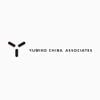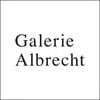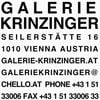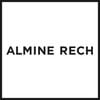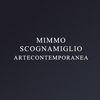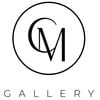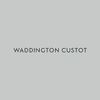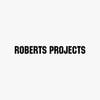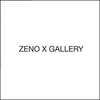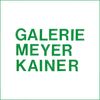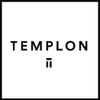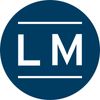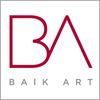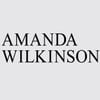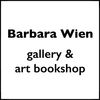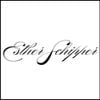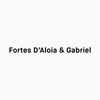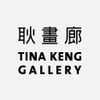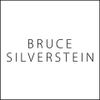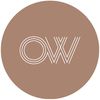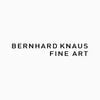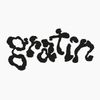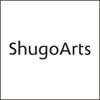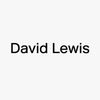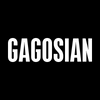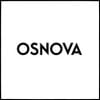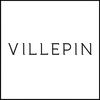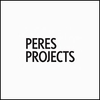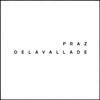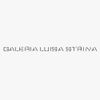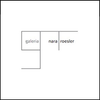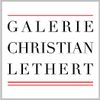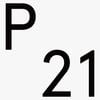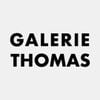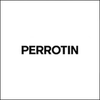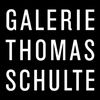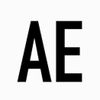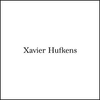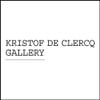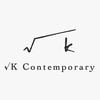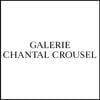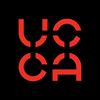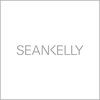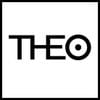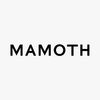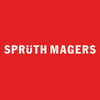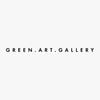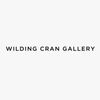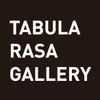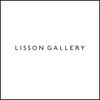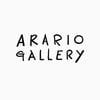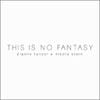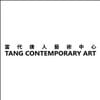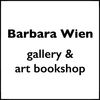6 Must-See Institutional Shows in Melbourne
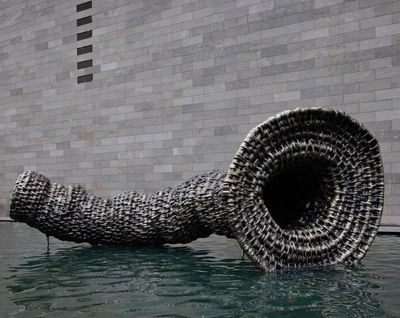
Aunty Kim Wandin, luk bargurrk gunga (2023). Bronze. Exhibition view: NGV Triennial 2023, NGV International, Melbourne (3 December 2023–7 April 2024). Courtesy NGV International. Photo: Sean Fennessy.
Naarm/Melbourne is buzzing with exhibitions and events this month, with the NGV Triennial, PHOTO 2024 International Festival of Photography, and Melbourne Art Fair priming the stage for a mammoth number of Australian and international artists exhibiting across the city's museums, institutions, and public spaces.
From the world premiere of Stanislava Pinchuk's first film to ACCA's sprawling group show on the genre of horror, here are the institutional exhibitions on our radar that you won't want to miss.
From the other side
Australian Centre for Contemporary Art (ACCA), 111 Sturt Street
9 December 2023–3 March 2024
Expect: a renewed perspective on what the genre of horror can offer in a show that languishes in the grotesque and absurd.
Curated by Elyse Goldfinch and Jessica Clark, ACCA's group show brings together works by Australian and international artists from the historical to the contemporary to unpack traditional narratives around the body, gender, language, and sexuality.
To enter ACCA's dimly lit space, visitors must duck below a web of false eyelashes stretching across the entranceway. Titled Never let me go (2023), Heather B. Swann's simultaneously macabre and alluring installation sets the uneasy tone for the show's recurring gothic symbols and horror tropes, including the spider, the occult, and monstrous-feminine.
A highlight is Tracey Moffatt's unsettling video, A Haunting (2021–23)—presented at the Sharjah Biennale last year—that hones in on an abandoned farmhouse throbbing with an ominous red light. Moffatt has described it as a 'rhythmic heartbeat... It sits campfire-like and honours First Nations peoples on whose land it sits.'
Scaling the rear wall of the first gallery, Moffatt's dwelling looms before a sculpture of a hag by Cybele Cox and Maria Kozic's painted portraits of malignant looking 'final girls', the archetype of sole female survivors in slasher films.
Further exhibiting artists include Karla Dickens, Louise Bourgeois, Mia Boe, and Lonnie Hutchinson.
Stanislava Pinchuk: The Theatre of War
ACMI, Fed Square
19 February–9 June 2024
Expect: a pertinent parallel between Homer's Iliad and Russia's invasion of Ukraine, drawn by an artist whose practice revolves around war and conflict.
Two years on from Russia's military invasion of Ukraine on 24 February 2022, ACMI presents the world premiere of Stanislava Pinchuk's first film, The Theatre of War (2024). The Ukraine-born, Sarajevo-based artist is known for her data mapping of global conflict zones, documenting changes in landscapes as the result of war.
Pinchuk has described 'pour[ing] my grief, rage, sorrow and hope all alike' into this new commission, which she has called 'a love letter to Homer', the Greek poet and author of the ancient war epic The Iliad.
The three-channel video shares parallels with Homer's Iliad, which is set nine years into the Trojan war. Pinchuk fast-forwards nine years into the invasion of Ukraine by Russia, with three performances drawing from the oral and folk traditions from which The Iliad evolved: a Ukrainian soldier in training; a choir singing in a Sarajevo theatre, where performances were held during the Bosnian War (1992–95); and a gathering of youths at Homer's tomb on the island of Ios in the Mediterranean.
Dean Cross: BLACK SMOKE WHITE WALLS
Sarah Ujmaia: Marmoreum
Gertrude Contemporary, 21-31 High Street, Preston South
10 February–7 April 2024
Expect: pared-back solo presentations from two conceptual artists who relay material histories, processes, and symbologies.
Presented side-by-side in Gertrude's Preston South gallery are site-specific installations by Dean Cross and Sarah Ujmaia.
Worimi First Nations artist Dean Cross takes an idiosyncratic approach to space, considering the white-walled gallery as an environment of contemplation, separation, witnessing, or potential.
In BLACK SMOKE WHITE WALLS, an ensemble of discrete objects—a crudely constructed neon that reads, 'THERE IS NOTHING TO BE AFRAID OF', a blackened totem nailed with a plastic bag filled with lead balls, and a photocopied and redacted letter addressed to the artist—forms a puzzling series of signifiers, generating an intentional sense of unease or latency.
Sarah Ujmaia's Marmorerum comprises a floor-based installation of nearly 4,000 pale pavers hand-cast from mineral calcite. Their pale, irregular shape references cobblestone pavers in markets of northern Iraq, home to modern Chaldeans, while the title references things made from marble, which forms when sedimentary limestone rock is heated to extreme temperatures.
Ujamia, who is a first generation Chaldean artist working on unceded Wurundjeri lands, asks visitors to walk upon the delicate surface and consider the value of a form that is ever-reconfigured, proposing the necessity of metamorphosis, pluralism, and fluidity.
NGV Triennial 2023
NGV International, 180 St Kilda Road
3 December 2023–7 April 2024
Expect: a mammoth presentation across all four levels of Melbourne's flagship art museum, with 120 artists, designers, and collectives from near and far.
From David Shrigley's absurdly enlarged 'thumbs-up' bronze to Yoko Ono's gigantic billboard declarative, I LOVE YOU EARTH (2023), the NGV Triennial brings together some of the world's most recognised artists in conversation with significant local names and First Nations practitioners. Arguably the biggest event in Victoria's arts calendar, this year's an iteration revolves around the themes of magic, matter, and memory.
In the NGV's moat is Wurundjeri Elder Aunty Kim Wandin's beautiful eight-metre-long eel trap, cast in bronze from a woven version made by the artist. It is a tribute to Wurundjeri women, who have a matrilineal tradition of weaving, and the traps they make to capture the short-finned eel (known as iuk). Its irregular patina is enhanced with the reflection of light on the water in which its lip is ever so slightly submerged, appearing to float on the surface.
Other highlights include a floor-to-ceiling tower of blue fabric 'boulders' by Sheila Hicks, Petrit Halilaj's suspended installation of reimagined felt-tip drawings from his childhood, and Mun-dirra, the 100-metre-long multi-panel weaving made collaboratively by the Community of Maningrida in Central-West Arnhem Land, in Australia's Northern Territory.
Steven Rhall and Sung Tieu: Statecraft
Monash University Museum of Art (MUMA), 900 Dandenong Road
3 February–23 March 2024
Expect: a considered pairing of artists brought together for their shared interest in structures of bureaucracy and power.
Curators Andy Butler and Pip Wallis have paired Taungurung artist Steven Rhall and Berlin-based Vietnamese artist Sung Tieu, in a show scrutinising the structures that shape individual and collective agency in postcolonial contexts through a suite of videos, sculptural and text installations, and photography.
Sung Tieu's two video works, No Gods, No Masters and Memory Dispute (both 2017), juxtapose Vietnam War-era U.S. weaponry with familial and contemporary narratives. Her newly commissioned series, consisting of sculptural and paper-based works, navigates a retrospective view of French colonial rule of Vietnam, Cambodia, and Laos, and the tools used to measure and control.
Steven Rhall's works, on the other hand, zoom in on real and fictitious local settings. Institutional Interface (2024) comprises photographic prints and live video streams of the desks of First Nations arts and health workers, while in Birrarung Mews (2024), a large-scale vinyl installation on MUMA's windows, Rhall casts a critical lens on land and property ownership in colonial Australia. —[O]

